Our offices are closed from Wednesday 24th 2025 until Monday 5th January 2026
Orders received after 12:30pm on Wednesday 17th December 2025 will be shipped on Wednesday 7th January 2026

Innovative Polisher For Ponds
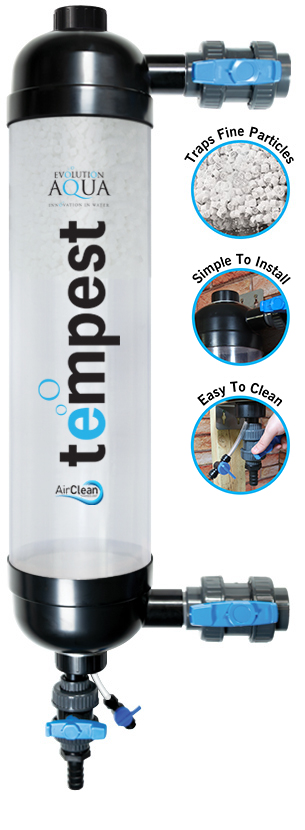
The Tempest polisher is easy to install and is simple and quick to clean, by way of a unique, patented air syphon design
(UK Patent No. GB2550495B).
During the cleaning process, air is drawn into the vessel as it empties which causes the water to agitate, effectively cleaning the K+Media.
Key Features
Upgraded For Ease of Use & Reliability
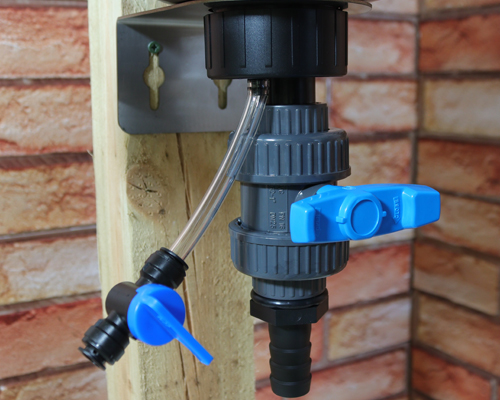

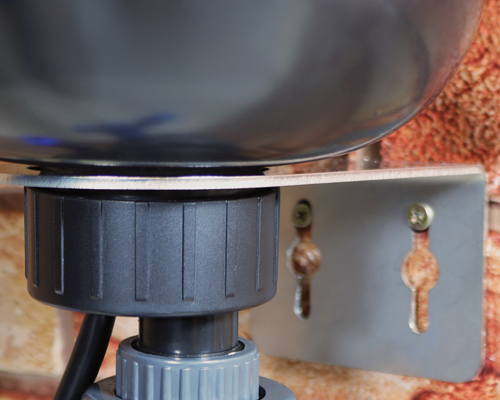
How it works?
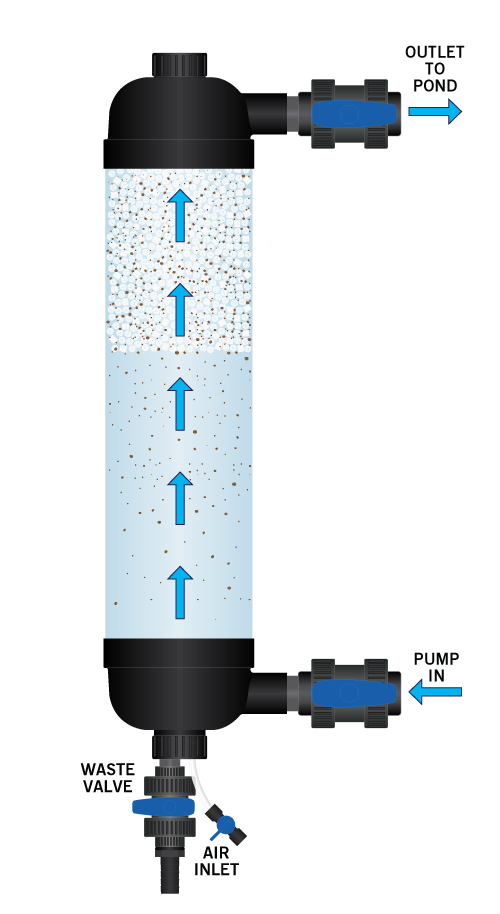
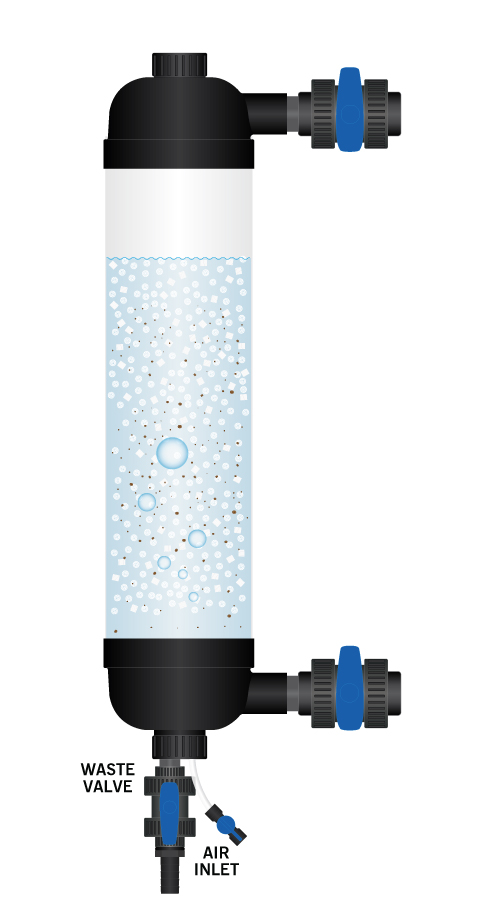
Specifications
| Optimum Flow Rate | Maximum Flow Rate | Volume of Water in Filter | K+Media Supplied | Inlet Size | Outlet Size | Waste Hosetail Size |
5,000 lph 1,100 gph | 7,500 lph 1,650 gph | 27 litres 5.9 gallons | 7 litres | 1½" (UK) 50mm (EU) |
1½" (UK) 50mm (EU)
| 1" (UK) 25mm (EU) |
Installing the Tempest Polisher
There are a number of ways the Tempest polisher can be installed on your pond system. Below are some typical installation ideas.
PLEASE NOTE: The ball valves fitted to the Tempest allow connection to 1½” pressure pipe. If installing Tempest using flexible hose you will need to fit a reducing sleeve (EA Code: M35-050) and a 1½” solvent weld stepped hosetail (EA Code: HOSETAIL15) inside each ball valve.
To allow the Tempest to give the best performance, it is important that the flow rate is no more than the 5,000 litres per hour. Some of the installation examples show a by-pass that will enable you to increase the flow through the pond.
Typical Installation Examples
Tempest Dimensions
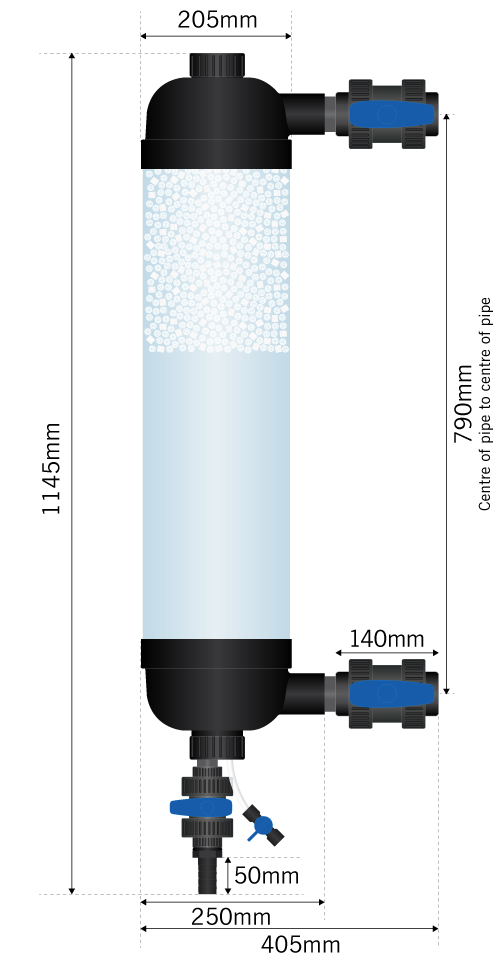
Advanced Filtration Media
After many years of research, Evolution Aqua have now developed a new media that not only gives class leading surface area, but also overcomes the problem of long maturation times.
K+Media is designed and manufactured in the UK by Evolution Aqua. This advanced media, with its innovative design, and class leading surface area provides enhanced biological and mechanical filtration.
As Evolution Aqua extrude K+Media, Minerals and Enzymes are added to the raw material. The result of this process, unique to Evolution Aqua, is a filtration media that not only outperforms most of its competitors due to its large protected surface area, but also answers the problem of how to speed up the time taken to mature your filter. Click here to find out more.
Useful Information
